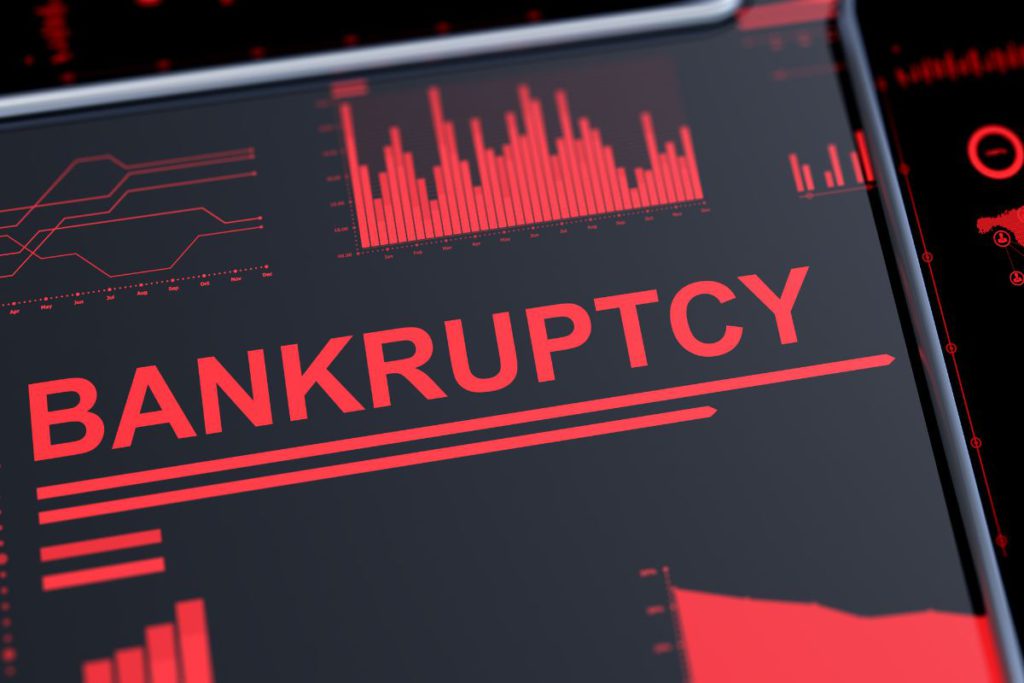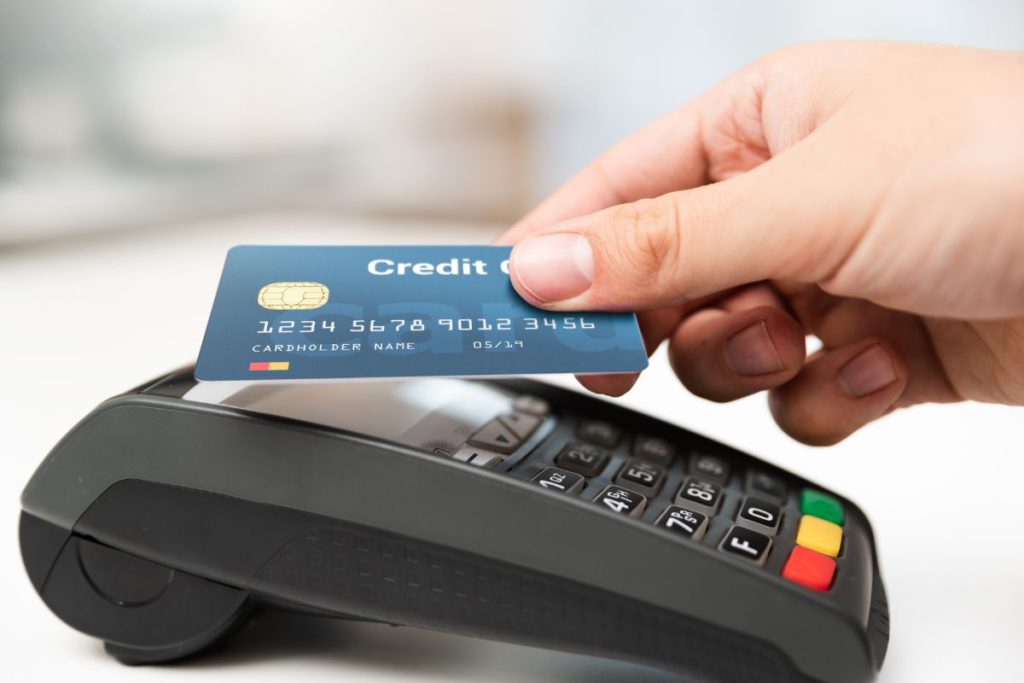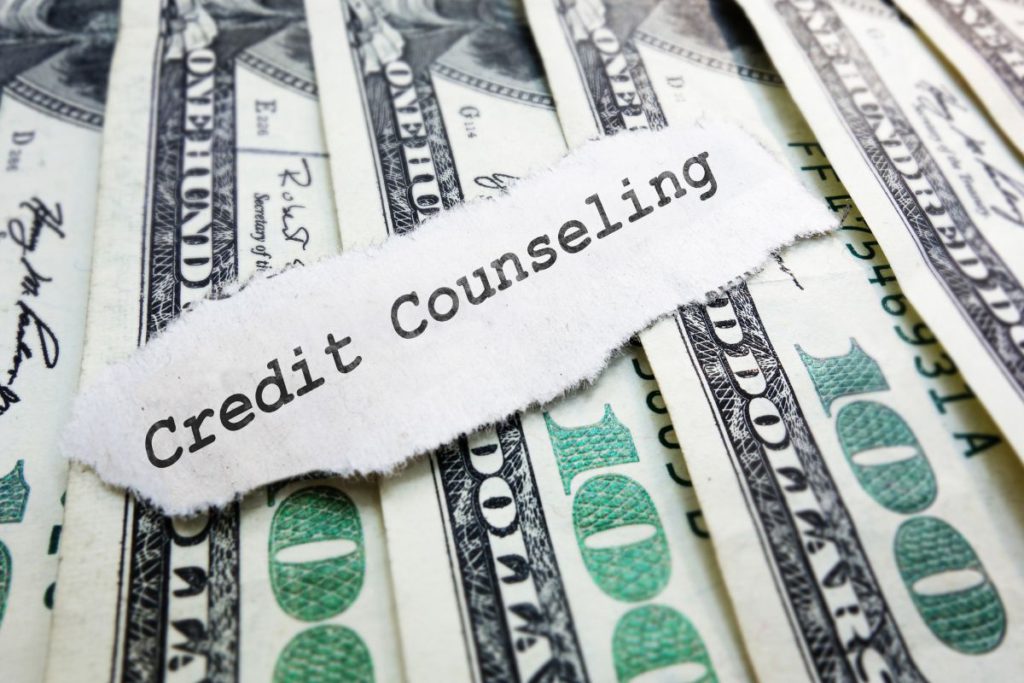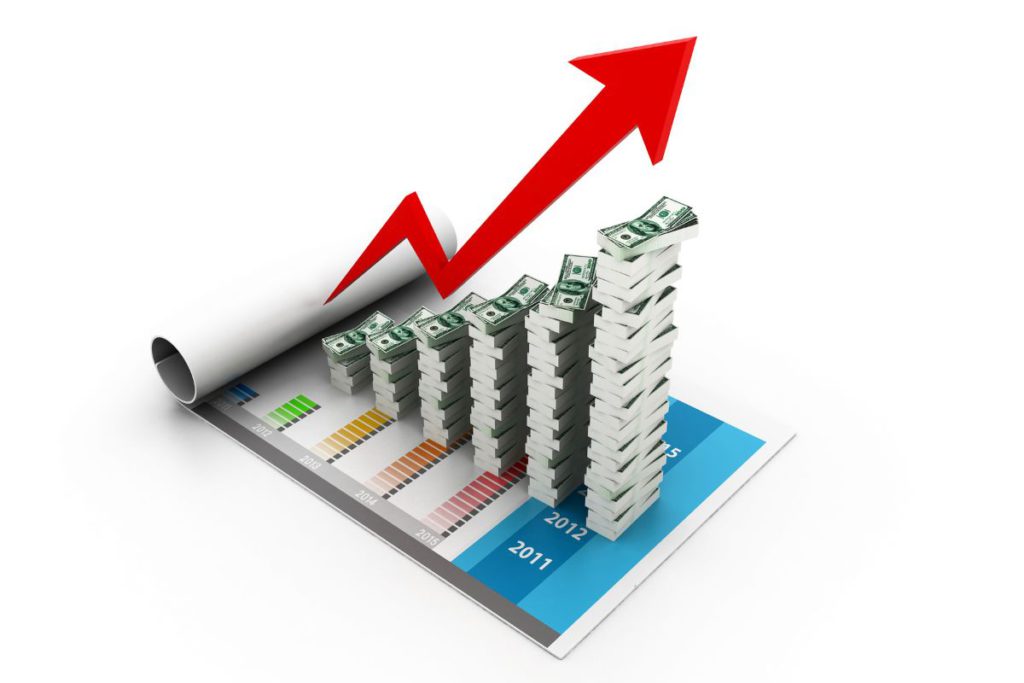Buy Now, Pay Later (BNPL) services have revolutionized online shopping in recent years. These services offer tempting payment flexibility, from small purchases like clothes to big-ticket items like electronics. But here’s the crucial question: What happens to your credit score when you use BNPL services?
Understanding Buy Now, Pay Later Services

BNPL services are digital payment options that let you split your purchase into smaller, more manageable installments. Instead of paying $400 upfront for that new smartphone, you might pay $100 over four months. Sounds convenient, right? But there’s more to the story.
How BNPL Works
When you choose a BNPL option at checkout, here’s what typically happens:
Down Payment: You pay the first installment immediately (usually 25% of the total amount). Payment Schedule: The remaining amount is divided into equal payments (typically over 6 weeks to 12 months). Interest Charges: Many services offer zero interest if paid within the specified timeframe
For example, if you’re buying a $200 pair of shoes:
- Initial payment: $50 (25%)
- Remaining payments: 3 installments of $50 each
- Total cost (if paid on time): $200
- Payment frequency: Every two weeks
Credit Score Impact: The Direct Effects

Positive Impact Possibilities
- Building Credit HistorySome BNPL providers now report your payment history to credit bureaus. Making timely payments can help establish a positive credit history. For instance, Affirm reports to Experian, while Klarna reports to all three major credit bureaus.
- Credit Mix ImprovementHaving different types of credit accounts can positively impact your score. BNPL services add variety to your credit mix, potentially accounting for 10% of your FICO score.
Negative Impact Risks
- Hard Credit InquiriesSome BNPL services perform hard credit checks before approval. Each inquiry can temporarily lower your credit score by 5-10 points. For example, if your score is 700:
- One hard inquiry: The score might drop to 690-695
- Multiple inquiries in a short time: Could drop below 680
2. Late Payment ConsequencesMissing payments can severely impact your credit score:
- Late payment fees: Usually $7-$25 per missed payment
- Credit score drop: Can be 50-100 points for a single late payment
- Negative mark duration: Stays on your credit report for up to 7 years
Hidden Effects on Credit Utilization
The credit utilization ratio is crucial for your credit score, accounting for 30% of your FICO score. Here’s how BNPL services affect it:
Traditional Credit Card Purchase
If you buy a $1,000 TV using a credit card with a $5,000 limit:
- Utilization ratio: ($1,000 ÷ $5,000) × 100 = 20%
BNPL Alternative
Using BNPL for the same TV:
- Initial payment: $250
- Remaining balance: $750 spread over 3 months
- Monthly payments: $250
- Impact on utilization: Potentially zero if the service doesn’t report to credit bureaus
Real-World Implementation: Making Smart BNPL Decisions

Strategy for Multiple BNPL Payments
Let’s say you’re managing several BNPL payments:
Monthly Income: $4,000 Fixed Expenses: $2,500 Available for BNPL: $1,500
Safe BNPL Management:
- Keep total monthly BNPL payments under 10% of income ($400 in this case)
- Maintain a payment calendar.
- Set up automatic payments to avoid missed deadlines.
Warning Signs of Overextension
Monitor these indicators:
- BNPL payments exceeding 10% of monthly income
- Using new BNPL services to pay for essentials
- Difficulty tracking payment due dates
Long-Term Credit Strategy with BNPL

Best Practices for Credit Building
- Payment Timing Set up automatic payments 2-3 days before the due date to ensure processing time. This builds a positive payment history.
- Documentation Keep records of:
- Purchase amounts
- Payment schedules
- Confirmation numbers
- Customer service contacts
Integration with Traditional Credit
Balance BNPL usage with traditional credit:
- Use BNPL for planned, budgeted purchases.
- Maintain credit card accounts for credit history length.
- Monitor credit reports quarterly for accuracy.
When to Use (and Not Use) BNPL Services
Appropriate Use Cases
- Planned Large PurchasesExample: Home office setup costing $1,200
- Traditional approach: Full payment or credit card with interest
- BNPL approach: 4 payments of $300, zero interest
- Benefit: Manageable payments without interest charges
- Emergency Expenses with a Repayment PlanExample: Unexpected car repair for $800
- BNPL solution: $200 initial payment, three monthly payments of $200
- Requirement: Stable income to cover payments
Situations to Avoid
- Multiple Simultaneous BNPL AgreementsReal example:
- Purchase 1: $300 clothing ($75 × 4 payments)
- Purchase 2: $500 electronics ($125 × 4 payments)
- Purchase 3: $200 home goods ($50 × 4 payments) Total monthly obligation: $250 Risk: Payment overlap and potential missed payments
Future Credit Implications

Long-term Considerations
- Major Loan ApplicationsWhen applying for mortgages or car loans, lenders may view multiple BNPL arrangements as:
- Additional debt obligations
- Potential risk factors
- Signs of cash flow problems
- Credit Score EvolutionMonitor how BNPL affects your credit over time:
- Check credit scores monthly.
- Review which BNPL services report to credit bureaus
- Track changes in credit mix and payment history
Conclusion

BNPL services can be either a helpful financial tool or a credit score liability – it all depends on how you use them. The key is responsible management:
- Staying within your budget
- Making timely payments
- Using BNPL as part of a broader credit-building strategy rather than a primary financing method
Remember to:
- Read the terms carefully before signing up
- Keep BNPL payments under 10% of monthly income
- Monitor your credit report regularly
- Use BNPL services that report positive payment history to credit bureaus
By following these guidelines, you can utilize BNPL services while maintaining and potentially improving your credit score.





